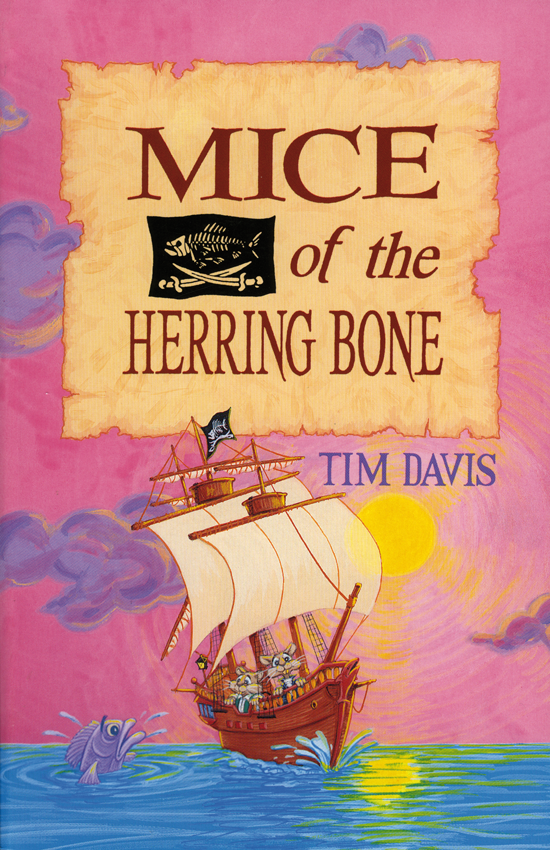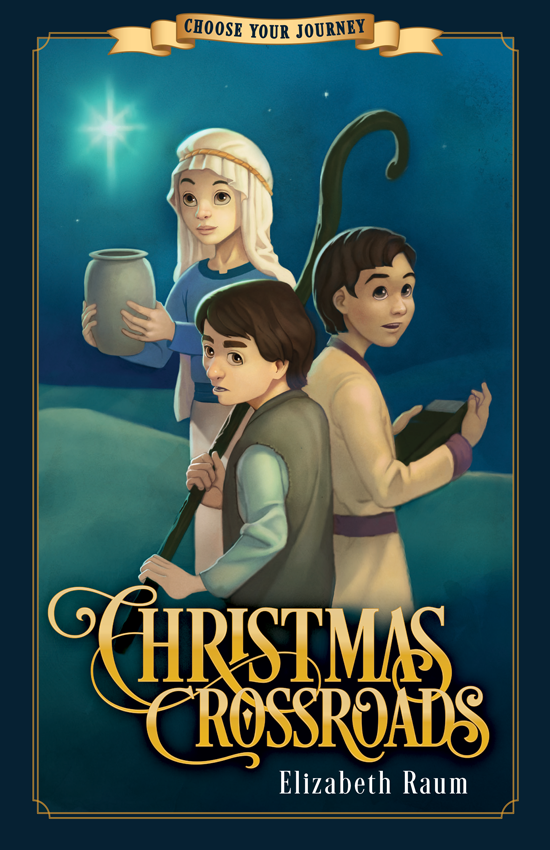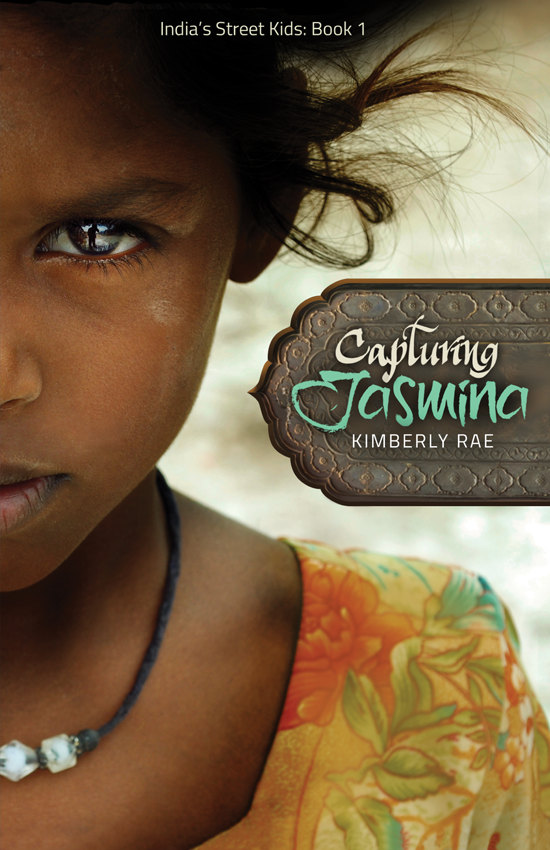As we think toward a new year and all that it has to offer, take time to set some goals. Personally, I love the truth of Lamentations 3:22–23, which provides hope for all 366 days of 2016! May you rejoice in new beginnings and take time to share your faith with others. And when you need something to recognize, remember these dates in January in your homeschooling.

January 1
The Ellis Island federal immigration station opened in 1892. This small speck of land in New York Harbor holds such an important place in our nation’s history because Ellis Island is the place where many immigrants first began to experience what it truly means to be an American—the freedoms, joys, hopes, and sacrifices. My own family’s history has connections to Ellis Island since my great-grandfather was one of the millions of people who started their journey here. Link this island to your kids’ understanding of history by completing a passenger search for your own ancestors or view a timeline of Ellis Island.

January 7
On this date in 1610, Galileo Galilei saw Jupiter’s largest moons. These four moons—Io, Europa, Callisto, and Ganymede—are called the Galilean moons. His discovery of these celestial bodies orbiting another planet convinced Galileo that Earth was not at the center of our universe. Make a telescope as a family and enjoy viewing the night sky. You’ll want to bundle up!
January 14
Henry Ford introduced the assembly line on this day in 1914, and processes have never been the same since! The principles of supply and demand probably played a major role in Mr. Ford’s implementation of the assembly line. He recognized that having someone become an expert at one task instead of trying to do many tasks would speed up the process of building a car. It would also make the cars more secure as workers focused on one part at a time. Henry Ford’s influence on the American auto industry was largely due to his success at increasing car production. Introduce your kids to the idea of an assembly line by setting one up as you make sandwiches or set the table for lunch!

January 15
Reverend Martin Luther King Jr. was born this day in 1929. Dr. King used his gifts as a speaker to gather support for civil rights legislation. He advocated nonviolent resistance to bring political pressure on cities and on the nation to change unjust laws and practices. Dr. Martin Luther King Jr. is probably best known for organizing the march on Washington where he delivered his now-famous “I Have a Dream” speech. Sadly, despite Dr. King’s support of nonviolence, it was a violent time in our nation’s history. He himself was murdered on April 4, 1968. Talk to your kids about the dreams Dr. King mentioned in his speech. Have his dreams been achieved?

January 19
Edgar Allan Poe entered the scene on this date in 1809. Poe stands as the first American writer to influence others in poetry, fiction, and literary criticism. The short story genre in particular took a clearer shape as he contributed the principles of brevity (short enough to read in one sitting) and unity (producing a single emotional effect). Poe wasn’t a Christian and believed that beauty and truth are mutually exclusive, so he failed to appreciate a literary work’s ability to teach. His stories may be entertaining, but to me they communicate the hopelessness we all experience apart from Christ. Still, Poe’s works offer a good example for aspiring writers in terms of stylistic elements worth imitating. Have your older kids read aloud his most famous poem, “The Raven,” and discuss the philosophy he suggests in the questions posed by the narrator. How would our beliefs as Christians be different from his?
Check back next month when we highlight other dates to remember!



 Materials needed: foam craft sheets (black, yellow, orange, red, white), glitter glue, scissors, hole punch, ribbon, tacky glue
Materials needed: foam craft sheets (black, yellow, orange, red, white), glitter glue, scissors, hole punch, ribbon, tacky glue Materials needed: foam craft sheets (yellow, orange), googly eyes, scissors, tacky glue, hole punch, ribbon
Materials needed: foam craft sheets (yellow, orange), googly eyes, scissors, tacky glue, hole punch, ribbon Materials needed: foam craft sheets (blue, green, brown), gold glitter glue, cotton balls, scissors, tacky glue
Materials needed: foam craft sheets (blue, green, brown), gold glitter glue, cotton balls, scissors, tacky glue Materials needed: pipe cleaners, beads, ribbon
Materials needed: pipe cleaners, beads, ribbon Materials needed: assortment of white and black buttons, white card stock or craft foam, scissors, string or ribbon, tacky glue
Materials needed: assortment of white and black buttons, white card stock or craft foam, scissors, string or ribbon, tacky glue Materials needed: purple paper, green pipe cleaners, pencil (to curl paper around), scissors, hot glue gun, ribbon, tacky glue
Materials needed: purple paper, green pipe cleaners, pencil (to curl paper around), scissors, hot glue gun, ribbon, tacky glue
 Materials needed: salt, flour, lukewarm water, wax paper, plastic straw, ribbon
Materials needed: salt, flour, lukewarm water, wax paper, plastic straw, ribbon Materials needed: empty toilet paper or paper towel tube, scissors, sequins or jewels, tacky glue, ribbon
Materials needed: empty toilet paper or paper towel tube, scissors, sequins or jewels, tacky glue, ribbon Materials needed: craft popsicle sticks, paint, paintbrushes, foam craft sheets (any color ), sticker letters, hot glue gun, ribbon
Materials needed: craft popsicle sticks, paint, paintbrushes, foam craft sheets (any color ), sticker letters, hot glue gun, ribbon Materials needed: applesauce, cinnamon (4 oz. container), plastic wrap, rolling pin, cross-shaped cookie cutter, wax paper, plastic straw, ribbon
Materials needed: applesauce, cinnamon (4 oz. container), plastic wrap, rolling pin, cross-shaped cookie cutter, wax paper, plastic straw, ribbon



